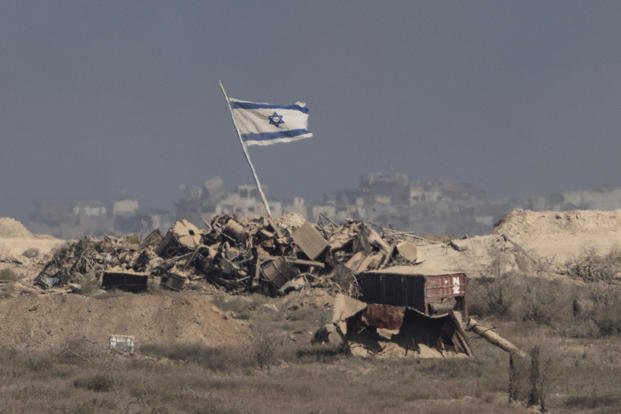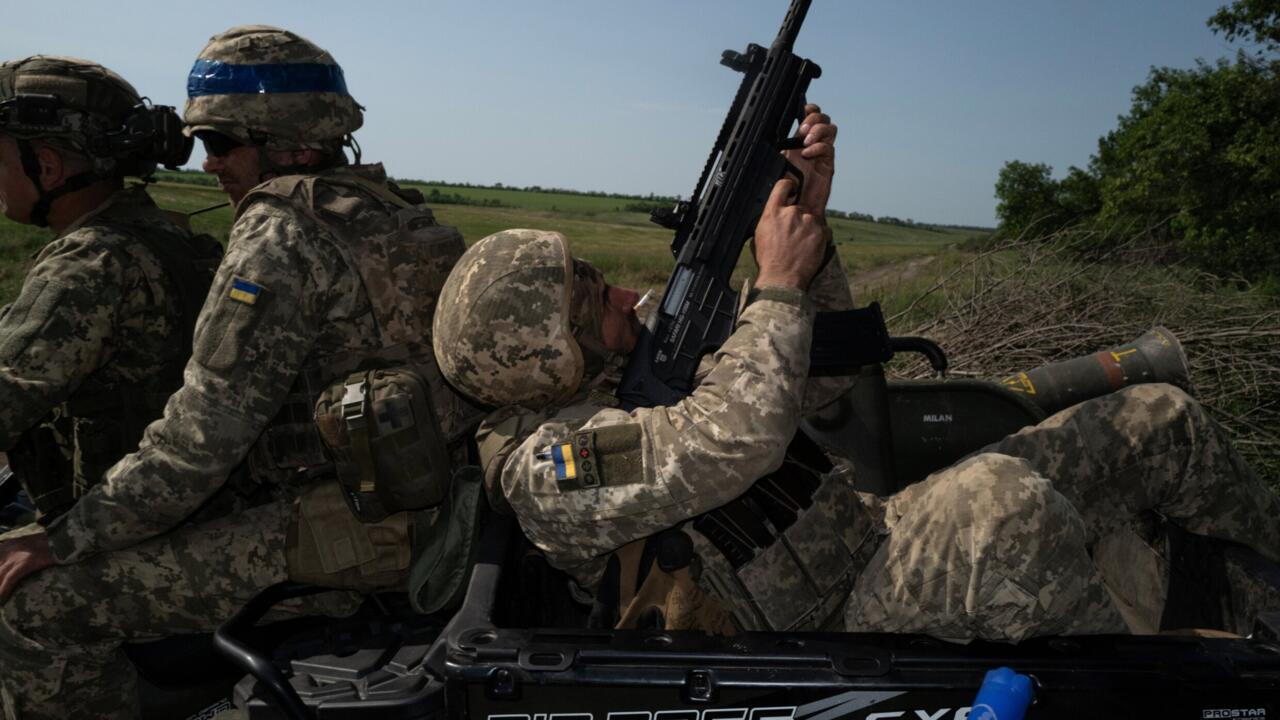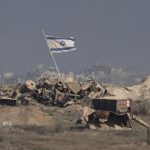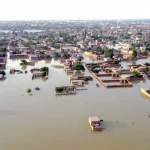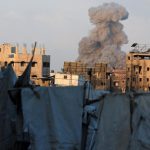In a dramatic escalation of the ongoing war, Russian forces have reportedly entered a new region in Ukraine, signaling a shift in the dynamics of the conflict. This movement comes amid stalled peace talks, leaving both the international community and local populations deeply concerned. The expansion of hostilities into previously less-contested areas raises urgent questions about the humanitarian impact, military strategy, and prospects for ending the war.
The New Front: Strategic Implications
The newly targeted Ukrainian region, located centrally, has so far remained relatively untouched by direct combat. Russian troops’ advancement into key villages and towns is seen as a calculated move to stretch Ukrainian defenses and disrupt supply chains. Military analysts suggest that this approach could indicate a broader Russian strategy to pressure Ukraine into concessions at the negotiation table.
Ukrainian forces are mounting defensive operations, but the entry of Russian troops into this region complicates logistics and heightens the risk of civilian casualties. For the residents, the threat of displacement and the immediate dangers of conflict are intensifying daily.
Stalled Peace Talks: Diplomatic Deadlock
Efforts to bring both sides to the negotiation table have largely failed. Despite calls from global leaders for dialogue, key issues—such as territorial control, security guarantees, and political recognition—remain unresolved. Both Ukraine and Russia have expressed reluctance to compromise, leaving diplomatic channels largely ineffective.
Observers note that stalled talks allow for continued military maneuvers, making it more challenging to achieve a sustainable ceasefire. Analysts warn that without renewed negotiations, the humanitarian crisis will likely worsen, and the conflict may further spread into other regions.
Humanitarian Consequences
The expansion of fighting into new territories exacerbates the already dire humanitarian situation. Thousands of civilians face displacement as homes are destroyed or become unsafe. Essential services, including hospitals, schools, and food supply chains, are under strain, making survival increasingly difficult for ordinary citizens.
Humanitarian organizations are calling for immediate action to provide aid and establish safe corridors for civilians. Without intervention, experts warn, the region could see a dramatic increase in casualties and forced migration.
Military Dynamics: A Complex Battlefield
The introduction of Russian forces into new Ukrainian territories adds complexity to the military landscape. Ukrainian troops are continuing resistance efforts, employing defensive measures and leveraging local knowledge to slow the advance. Meanwhile, Russian forces appear to be testing Ukraine’s ability to respond on multiple fronts simultaneously.
Military analysts emphasize that the conflict has evolved into a protracted war of attrition. Supply line disruptions, drone operations, and targeted strikes have become key tactics, making it difficult for either side to achieve a decisive victory.
International Response
The global community is watching closely. Nations supporting Ukraine have pledged military aid, intelligence sharing, and diplomatic support. Meanwhile, international organizations have condemned the expansion of hostilities and called for urgent negotiations to prevent further civilian suffering.
Despite these efforts, divisions among major powers and competing geopolitical interests have hindered a coordinated response. As the conflict spreads, the stakes for regional stability and global security continue to rise.
The Road Ahead: A Critical Juncture
The entry of Russian forces into this new Ukrainian region underscores the urgent need for renewed diplomacy. As hostilities intensify and civilian risks increase, the coming weeks may prove pivotal for the future of peace efforts. Both Ukraine and the international community face difficult choices: whether to push for dialogue, escalate military support, or brace for a prolonged conflict.
FAQs
Why is this new region significant in the Ukraine conflict?
The region’s central location and transportation infrastructure make it strategically important. Control over it could disrupt Ukrainian supply lines and provide military advantages to Russian forces.
Why have peace talks stalled?
Negotiations are hindered by disagreements over territorial control, political legitimacy, and security guarantees. Neither side has shown willingness to make meaningful concessions.
How are civilians affected?
Civilians face displacement, limited access to food, water, and healthcare, and constant exposure to violence. The humanitarian crisis is deepening as fighting spreads.
What is the international community doing?
Global actors are offering military aid, diplomatic support, and humanitarian assistance. However, geopolitical divisions have slowed coordinated peace efforts.
What are the prospects for peace?
Peace remains uncertain. Successful negotiations will require compromise from both Ukraine and Russia, alongside sustained international pressure to de-escalate hostilities.
Conclusion
The recent advancement of Russian troops into new Ukrainian territory represents a significant escalation in an already complex conflict. With peace talks stalled, the humanitarian impact mounting, and military dynamics shifting, the situation remains precarious. International observers and regional actors face urgent challenges in preventing further suffering and pursuing a viable path toward peace. The weeks ahead will be crucial in determining whether diplomacy can regain momentum or if the war will continue to spiral, affecting millions more in Ukraine and beyond.


